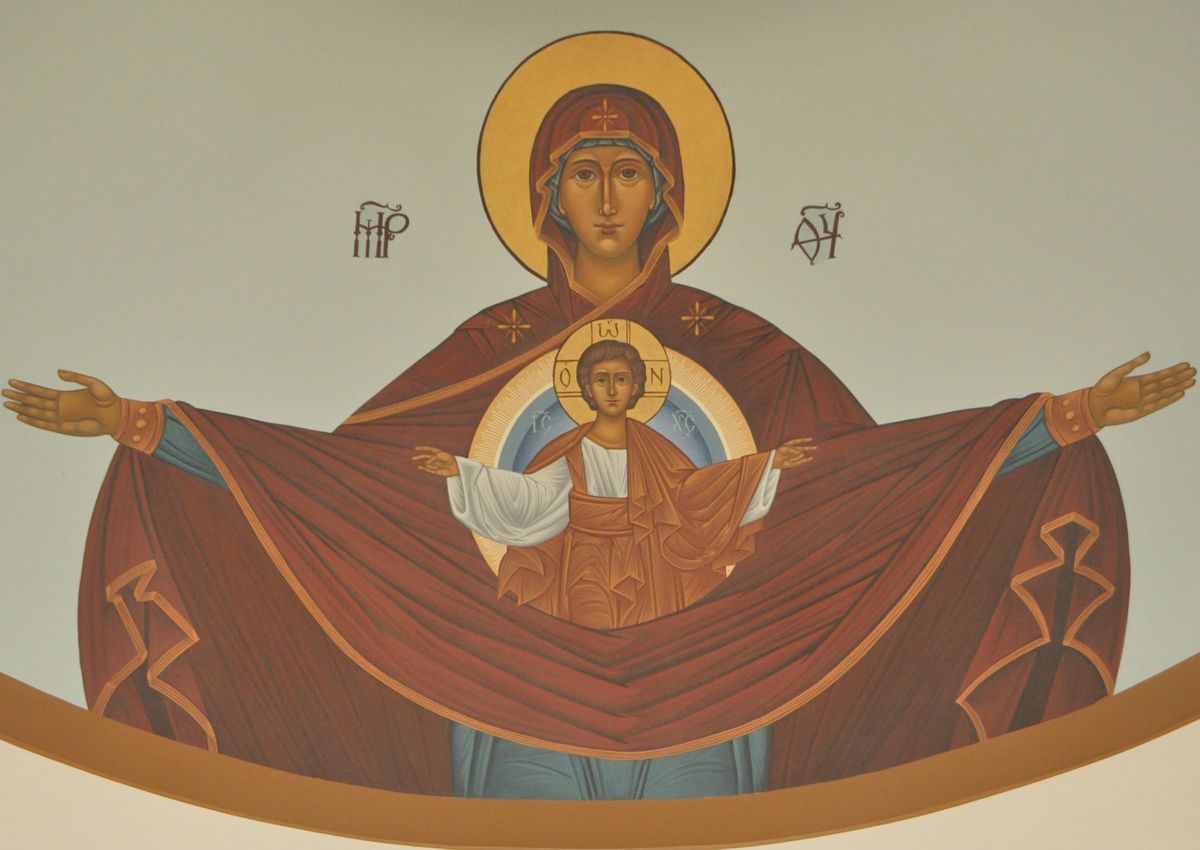This is the irrational season
when love blooms bright and wild.
Had Mary been filled with reason
there’d have been no room for the child.—Madeleine L’Engle, “After the Annunciation”
A colorful catalyst to the fifth-century Christological controversies of Asia Minor was one Proclus of Constantinople, whose sermons on the cult of the Virgin in Constantinople apparently riled up Nestorius, who balked at going so far as to name Mary Theotokos.
Proclus’ homilies are bold, beautiful celebrations of Mary’s status in salvation history, richly textured with lyrical metaphors and poetic hagiography. His “Homily One,” which was delivered with Nestorius in attendance, was written for a Marian feast during the Nativity cycle. Traditionally, the time leading up to Christmas has been a time for Marian reflection. Although key Marian feast days still bookend December 25 (Immaculate Conception on the 8th, and the Solemnity of Mary, Mother of God on January 1st), Marian devotion is not a hallmark of most popular Advent preparations.
Before Paul VI moved the great feast of Mary the Mother of God to January 1st, in 1974, the motherhood of Mary was celebrated on the fourth Sunday of Advent, right before the great theophany of the God-man in her arms. Our Christian Christmas pop music has sensed this Marian spirit, sacramentalizing it in song (“Mary Did You Know?” and “Breath of Heaven,” among others). In his “Homily One,” Proclus writes of Mary as “the spiritual paradise of the second Adam,” the garden where the Word of God could take root, more glorious than that first garden, for the fruit of this garden was God himself.
What enabled Mary to create space inside her for God to take root? Madeleine L’Engle’s line, “Had Mary been filled with reason / there’d have been no room for the child,” sets up a striking—and at first, puzzling—opposition between “reason” and the logos Himself. Why would “reason” prevent Mary from holding the Son of God?
Love’s reason is a rationale beyond our own rational calculations or planning. If there is one theme common to all our Advents, it certainly is planning. Advent is often spent planning for Christmas: planning travel to family, planning Christmas gifts, planning celebrations. Advent is a time of preparation that often morphs into a time of simply planning. Feasts like Christmas deserve great celebrations, and celebrations demand preparation.
But so often, this planning or preparation can collapse the horizon of our world. We become taken up in all of our plans, and forget the end of our planning, which, in this case, is the welcoming of Emmanuel.
So, too, in my own student life, I can become so caught up in my own planning, which is so necessary for taking exams, writing papers, reading, working in a dorm, and sustaining relationships with families and friends far away. None of this will magically happen. Careful planning on my end is what makes it happen.
Yet, caught up in this planning, in rationally calculating out what will happen each day, I can forget the end of all my striving: the Joy that comes from being truly united to God, the Joy that comes from fully living my vocation as writer, artist, student, mentor, daughter, friend. The end goal is obscured by my dependence on my own rational ability to succeed each day. It is too easy to forget that, at the end of the day, I stand utterly dependent as a receiver of gifts, not a giver. It is too easy to shirk the terrifying risk of “Thy will be done.”
Advent is a time for us to walk with Mary, who walked that first Advent. The ultimate preparation for Christ’s coming is the preparation of Mary, opening up the innermost recesses of her body to be a receptacle for Emmanuel. Mary’s Advent is deeper than simply planning. Mary’s Advent is a preparation that leaves room for God; a preparation whose entire goal is to create room for the child Love in her life. All Mary’s planning in this irrational season becomes preparations that create space for God.
“Torn between anguish and hope,” sings Marialis Cultus, “Mary offers a calm vision and a reassuring word” to the modern world. “She shows forth the victory of hope over anguish, of fellowship over solitude, of peace over anxiety, of joy and beauty over boredom and disgust, of eternal visions over earthly ones, of life over death” (§57.4).
In the midst of our busy planning, may we walk with Mary in a true spirit of preparing our hearts for the blossoming of irrational love in the midst of our anxiety and chaos.

